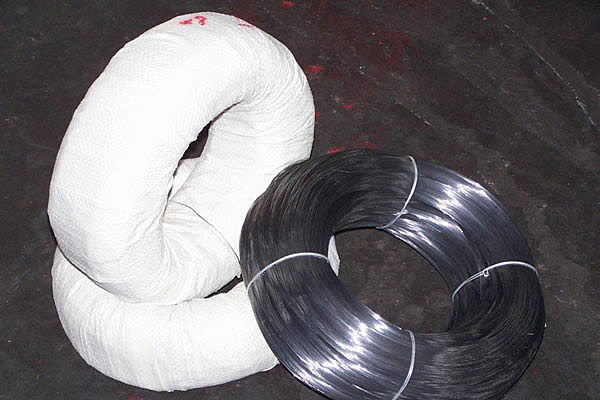 TEL:
+86-13102802206
TEL:
+86-13102802206
 Email:
fencenetting@china.com
Email:
fencenetting@china.com
 Language
Language
 TEL:
+86-13102802206
TEL:
+86-13102802206
 Email:
fencenetting@china.com
Email:
fencenetting@china.com
 Language
Language


The Versatility of 1% 202% Mesh A Closer Look
In the realm of industrial materials and applications, the concept of mesh plays a pivotal role, particularly in filtration, sieving, and structural support. Among the various mesh specifications available, the 1% 202% inch mesh has gained prominence for its unique properties and versatility. Understanding its characteristics and applications can illuminate why it is favored across many industries.
What is 1% 202% Mesh?
To comprehend the term 1% 202% inch mesh, we need to delve into its composition. The 1% often refers to the percentage of open area within the mesh, while 202% may indicate the mesh size or the number of openings per linear inch. In practical terms, this specification suggests a fine mesh that allows for efficient filtration while maintaining structural integrity.
The mesh size of 1% 202% typically means that for every 100 units of area, only 1 unit is taken up by the material of the mesh itself. This high open area ratio is beneficial as it allows liquids or gases to pass through with minimal resistance, making it ideal for various filtration applications.
Applications of 1% 202% Mesh
The applications of 1% 202% inch mesh are numerous and diverse. One of the most common uses is in the manufacturing of filtration systems. Industries such as food and beverage, pharmaceutical, and wastewater treatment rely on fine mesh screens to separate solids from liquids effectively. The mesh's capability to capture particles while allowing fluid to flow makes it essential for creating high-quality end products.

In addition to filtration, the 1% 202% inch mesh is used in the construction and mining sectors. Its strength and flexibility allow for its incorporation into safety nets, supports, and reinforcement structures. For example, in civil engineering, it can be used to enhance the durability of concrete or support soil structures, preventing erosion and enhancing stability.
Moreover, this mesh specification is also employed in agriculture. Farmers utilize 1% 202% meshes in various applications, including crop protection and irrigation systems. It can act as a barrier against pests while still permitting air and moisture to pass through, creating an optimal growing environment.
Choosing the Right Mesh
When selecting the appropriate mesh for a specific application, several factors must be considered. The size and strength of the mesh, the nature of the materials being filtered or supported, and the environmental conditions are critical. For instance, while the 1% 202% inch mesh is excellent for applications requiring high permeability, it may not be suitable for applications where stronger physical properties are required.
Conclusion
The 1% 202% inch mesh represents a versatile solution across a range of industries. Its effective balance between fine filtration and structural integrity makes it a preferred choice for various applications, from industrial filtration to agricultural use. As industries continue to innovate and evolve, the demand for specialized mesh solutions like the 1% 202% inch mesh is likely to grow, ensuring its place as a vital component in modern materials science. Understanding its properties and applications enables manufacturers and end-users alike to leverage its capabilities fully, driving efficiency and quality in their processes.